10 Trends in Architecture and Engineering for 2021

We’re mid-way through the year, yet it’s nothing like any of us predicted. The pandemic did not up and disappear (unfortunately), most of us are still under lockdown and if you’re not, I hope you’re following social distancing norms, wearing a mask and being careful. I think we can all agree that it’s been tough. Not only is COVID-19 a colossal threat to human life, but the financial and economic impacts have been devastating. Most construction projects have been delayed or put on hold, some cancelled. There is anxiety in the air about where we go from here. All we know for sure is that we are on the brink of enormous change. Curious to see how the industry has reacted to it? Here’s a list of 10 Architecture and Engineering trends for 2021.
1. Social Distancing
Social Distancing has become the norm. Designers are encouraging visual connectivity between spaces while actively discouraging physical contact.
Projects featuring contactless take-out counters, shopping spaces and isolated restaurant booths are on the rise. Inventive design solutions for recreational spaces and events with seating adhering to social distancing norms are also evident.

San Francisco based firm Creator designed this unique take-out window for contactless service.
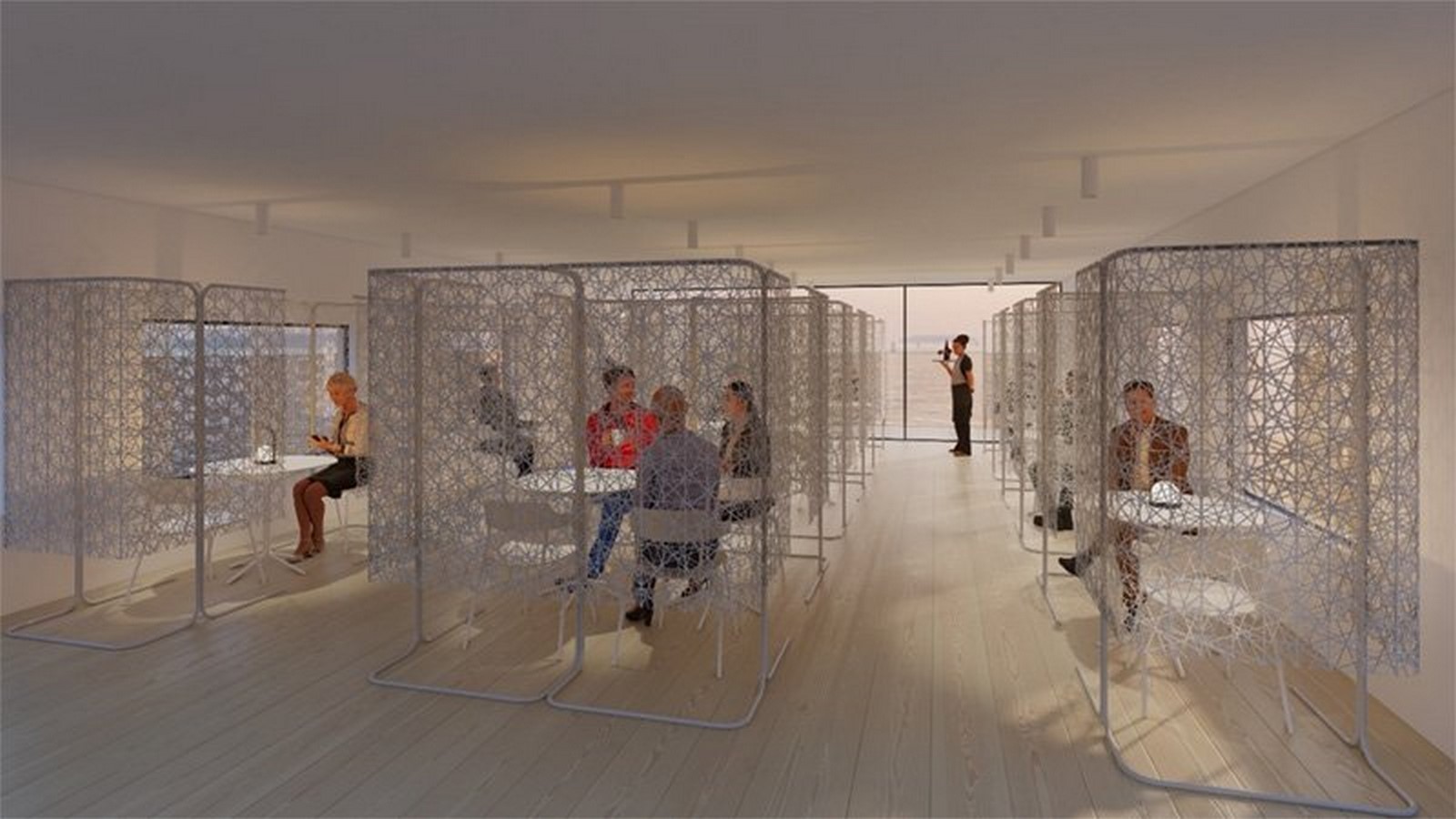
Viewport Studio designed a simple modular frame system to create isolated booths in a restaurant. The frame supports a water proof, flame proof fabric that prevents the spread of virus and is easy to clean.

Shift Architecture Urbanism, a Dutch based firm developed a model for public market places where people can buy produce with coming into contact with each other.
2. Bicycle and Pedestrian Infrastructure
Walking and Bicycling have become critical modes of transportation, now more so than ever. Investing in bicycle and pedestrian infrastructure offers immense social and environmental benefits apart from being the most viable option for travel in the current scenario. They are also a significant step forward in making our cities eco-friendlier.
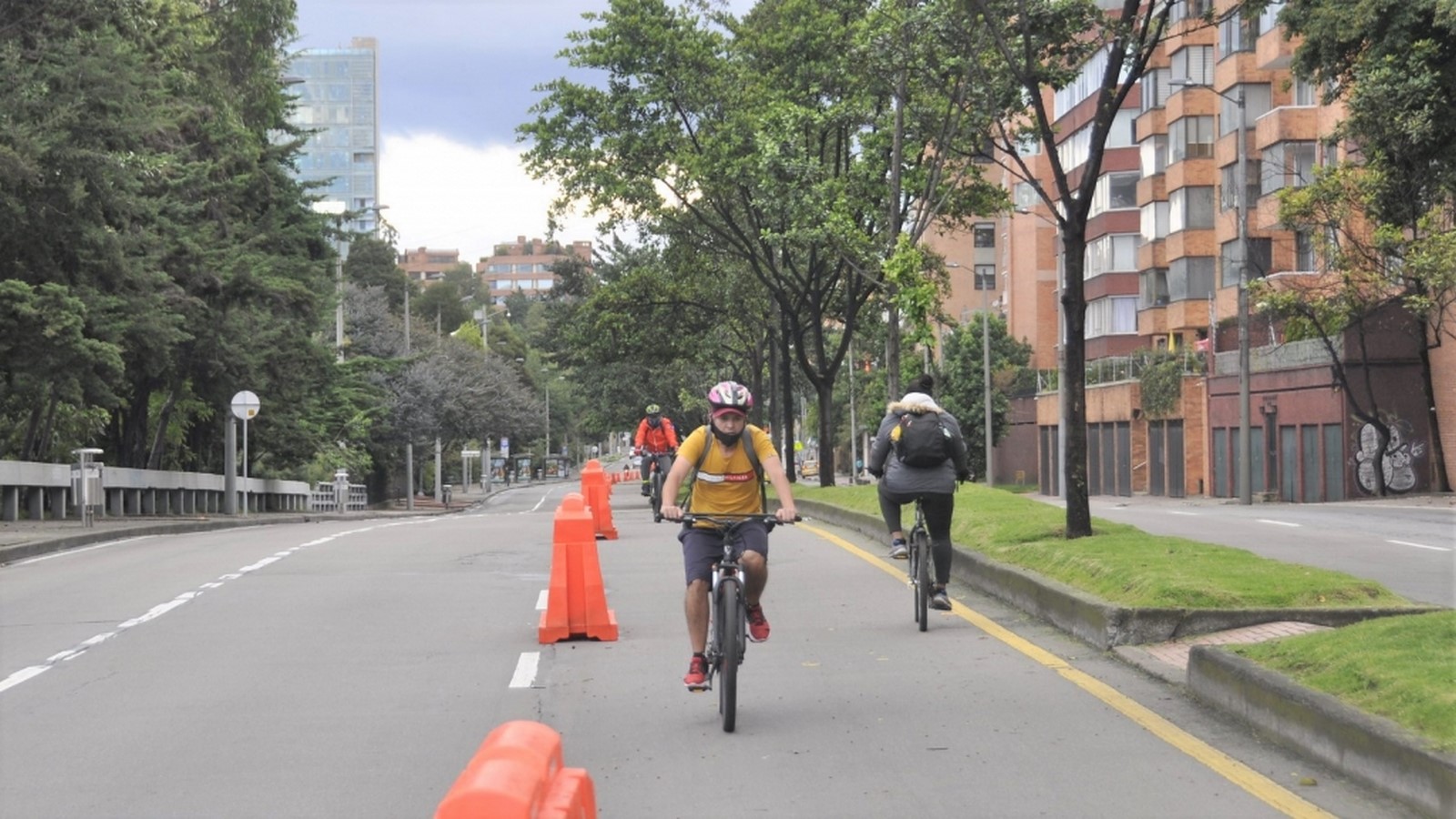
3. Pre-Fabricated & Modular Construction
Pre-fabricated construction techniques speed up the process of construction and decrease the need for extensive labour on site. Using modular units is the fastest and safest way to complete projects without compromising on labour health. From testing centres to affordable housing to office spaces, the options are limitless.

A Modular Chick Fil-A Restaurant in Roswell.

A Modular COVID testing pod in the University of Denver.
4. Field Hospitals
Another exceedingly important use for modular construction is the building of field hospitals. With hospitals overflowing with patients, unable to meet the demand for beds and other facilities, field hospitals were a necessary solution.
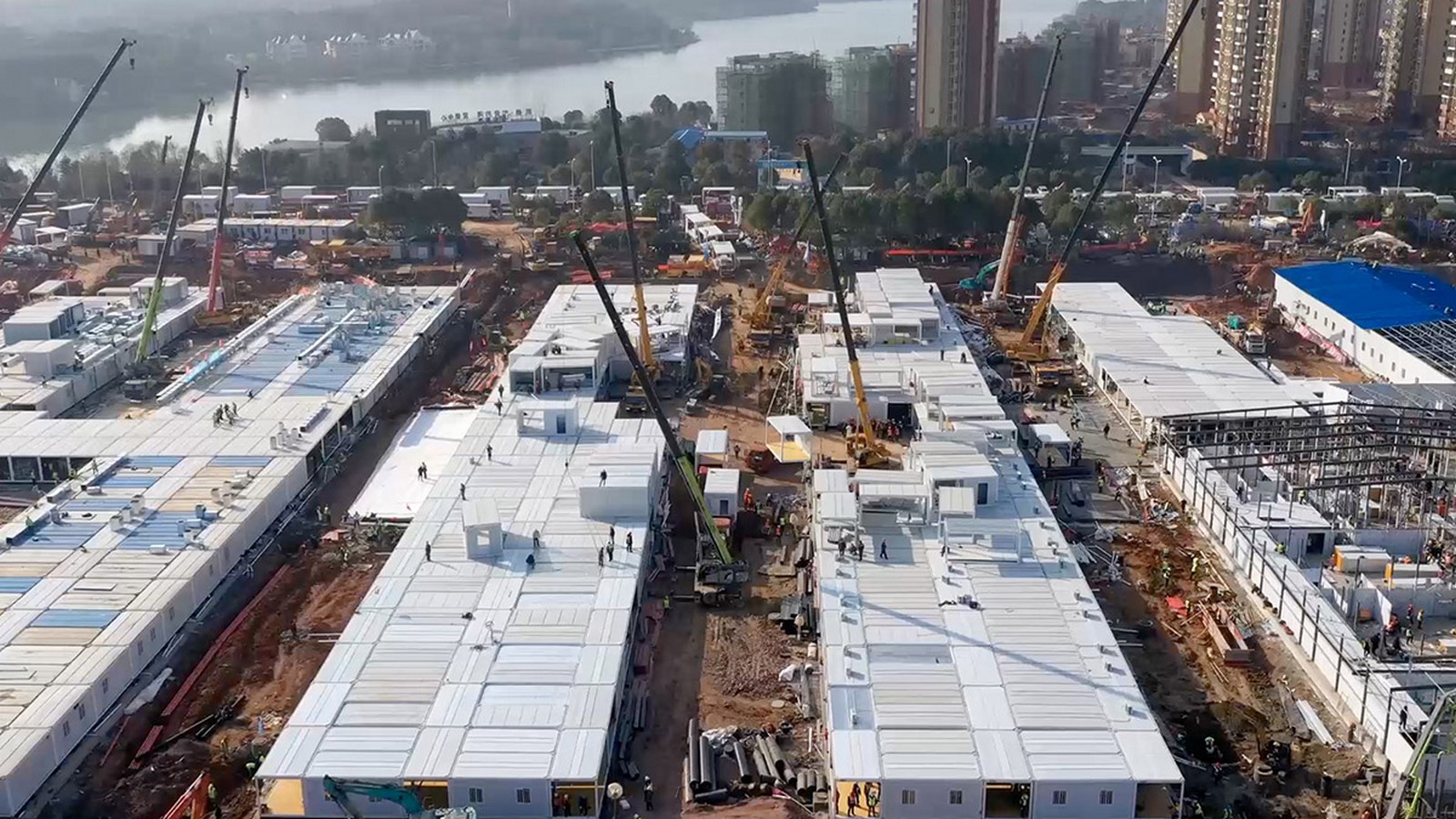
In February 2020, the 1,000-bed Wuhan Huoshenshan Hospital was open to patients after nine days of construction.

In March, Italian architects Carlo Ratti and Italo Rota developed intensive care units in shipping containers and by April these units were functioning in a Turin hospital.

In the UK, the ExCel centre, a conference venue in London was transformed into the 4,000-bed NHS nightingale by architecture and engineering firm BDP.
5. Affordable Housing
Any impact on the economy is an impact on the living conditions of the people that sustain it. With companies downsizing and rising unemployment rates, the need for affordable housing is at an all-time high.
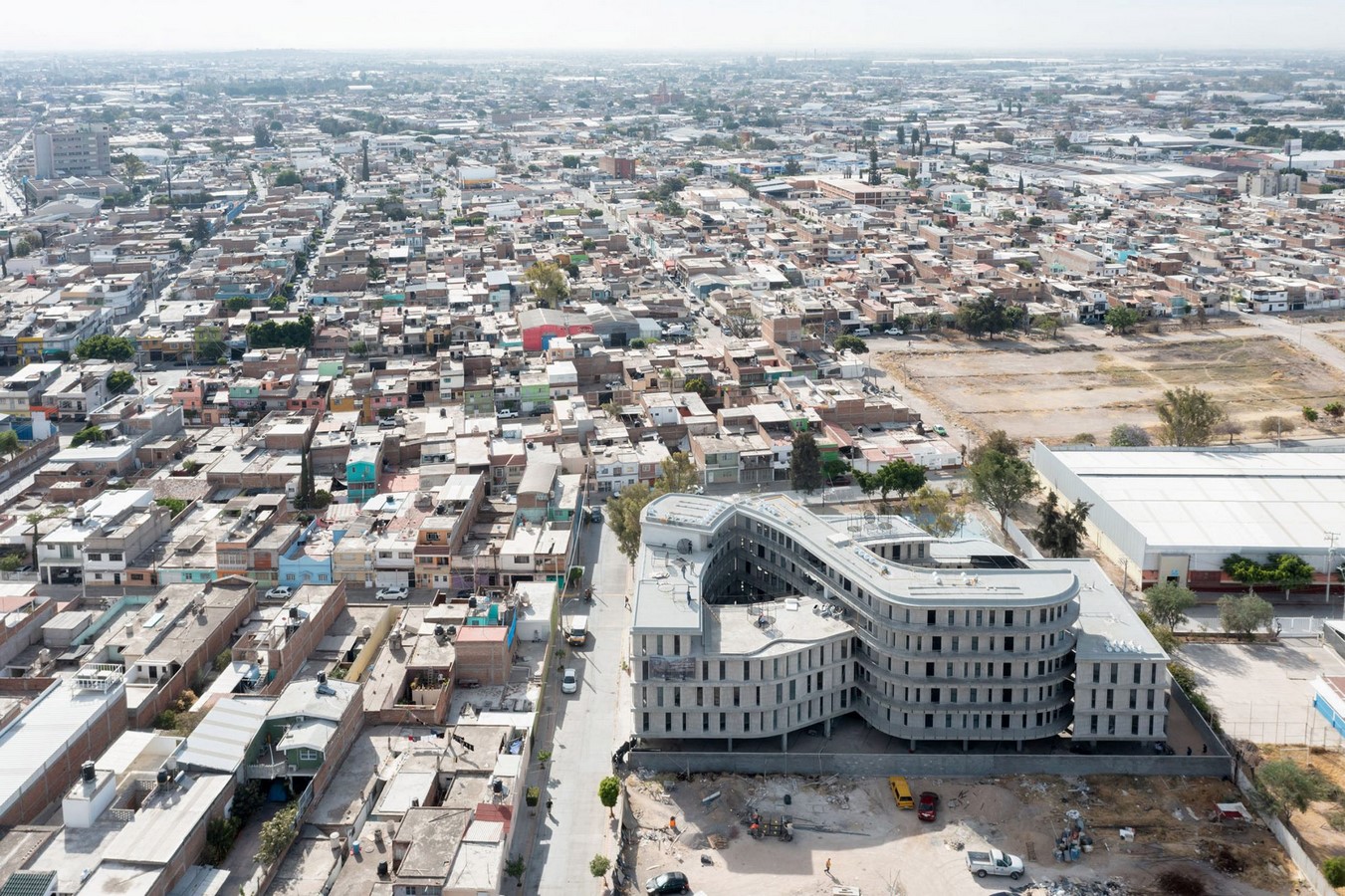
Las Americas by New York based firm So-Il is a low rise, high density affordable housing project in Leon, Mexico.
6. Carbon-Neutral Architecture
Apart from the pandemic, another paramount concern is the climate crisis. Architects and Engineers are beginning to realize that reduced carbon footprints are not enough. Carbon Neutral and Carbon Negative buildings are the way to go. Practical thinking combined with a commitment to make the best possible decisions for the environment has led to some of the most innovative design.

Paradise is a cross laminated timber office designed by Feilden Clegg Bradley Studios in London. The six-storey building is designed to be carbon negative.
7. Multi-functional Homes
With work from home policies, online classes and small business start-ups, our homes have become the central point for an influx of activities. Some companies are discussing the possibilities of letting employees choose to work from home even after the pandemic. Therefore, spaces in future homes must be able to transform to suit different activities.

Design by JaK Studio for a multi-functional outdoor room with acoustic treatment.
8.Tech-Savy Design
The use of AI in the design process, an insurgence in BIM technologies and 3-D printing are becoming more relevant by the day. Designers are also looking into connecting people through virtual reality, especially commercial spaces.

9. Resurgence in Outdoor Spaces
Since disease spreads more rapidly in closed air-conditioned spaces, designers are trying to move traditionally indoor activities to the outdoors. Theatres, shopping complexes, dining experiences have all been shifted beneath an open sky.

Apartment complexes with a focus on public spaces have also been a huge hit.

10. Anti-Bacterial Fabrics and Finishes
One of the major concerns of the post-pandemic world is hygiene. With conscious design efforts, it is possible to manipulate the microbiome we are exposed to. This is already evident with architecture from the modernist period which was greatly influenced by subsequent outbreaks of cholera, tuberculosis and typhoid throughout the nineteenth century. Using anti-bacterial fabrics and finishes is a simple but efficient solution.
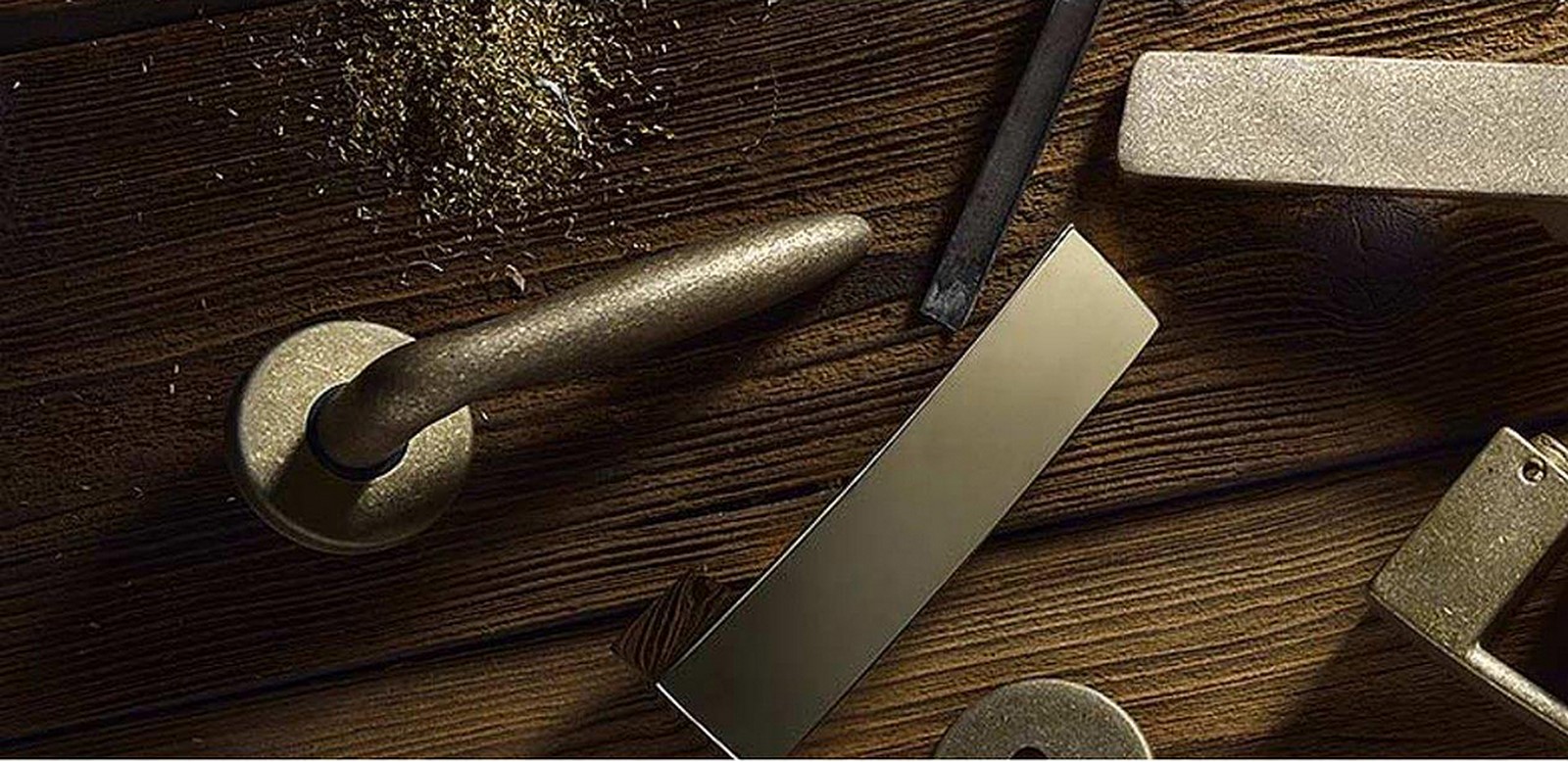
Massive Brass has anti-microbial properties and can be used to produce door handles and fixtures.

Krion is a solid material that resembles stone with anti-microbial properties. It can be used in interior finishes.
Architects may also integrate regular disinfectant services such as automated hand sanitisers and air purifiers. Automated washbasins and sinks erected at frequent intervals in public spaces with appropriate soap dispensers might become a necessity.

COVID-19 has taught us lessons we must carry, moving forward. Whether we can overcome the pandemic within this year or not is still a mystery. But we must never be caught unprepared ever again. Here’s to hoping that the year ends on a better note than where it started.
References:
https://www.dezeen.com/2020/04/03/shift-architecture-urbanism-designs-social-distancing-into-the-food-market/
https://njspe.org/2021/04/12/engineering-trends-2021/
https://blog.enscape3d.com/architecture-trends-2021
https://www.thinkwood.com/wp-content/uploads/2021/02/ThinkWood_TimberTrends2021.pdf
https://architizer.com/blog/inspiration/industry/looking-ahead-construction-industry-trends/
https://www.sehinc.com/news/8-trends-architecture-and-engineering-2021#:~:text=Visualization%20technologies%20such%20as%203D,if%20they%20were%20physically%20there.
https://resources.unity.com/aec/top-2021-aec-trends
https://bsbgroup.com/blog/5-architecture-trends-for-2021
https://www.architecturaldigest.com/gallery/8-innovative-design-responses-to-the-coronavirus
https://www.archdaily.com/961166/12-key-principles-for-an-effective-urban-response-during-covid-19
https://www.dezeen.com/2020/07/31/paradise-net-zero-carbon-office-feilden-clegg-bradley-studios/
https://www.dezeen.com/2021/04/15/so-il-builds-las-americas-affordable-housing-development-in-mexico/
https://www.dezeen.com/2020/12/18/dezeen-top-10-architecture-trends-review-2020/
https://designbuild.nridigital.com/design_build_review_apr21/changing_needs_home
https://www.theguardian.com/technology/2021/apr/30/dutch-couple-move-into-europe-first-fully-3d-printed-house-eindhoven
https://www.archdaily.com/938260/the-importance-of-antibacterial-surfaces-in-healthcare-architecture
https://www.archdaily.com/catalog/us/products/21777/antimicrobial-materials-massive-brass-mt?ad_source=neufert&ad_medium=gallery&ad_name=close-gallery

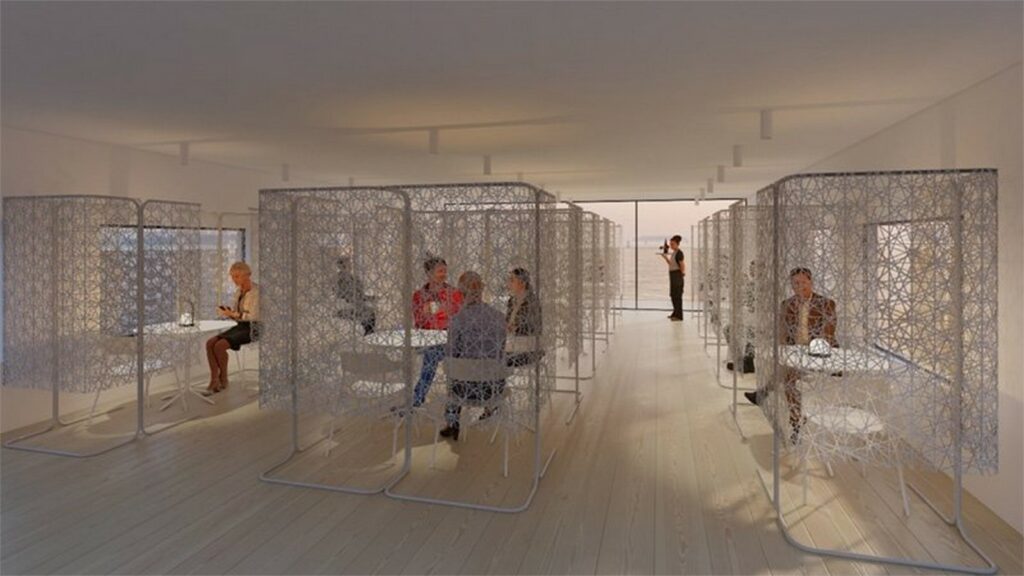














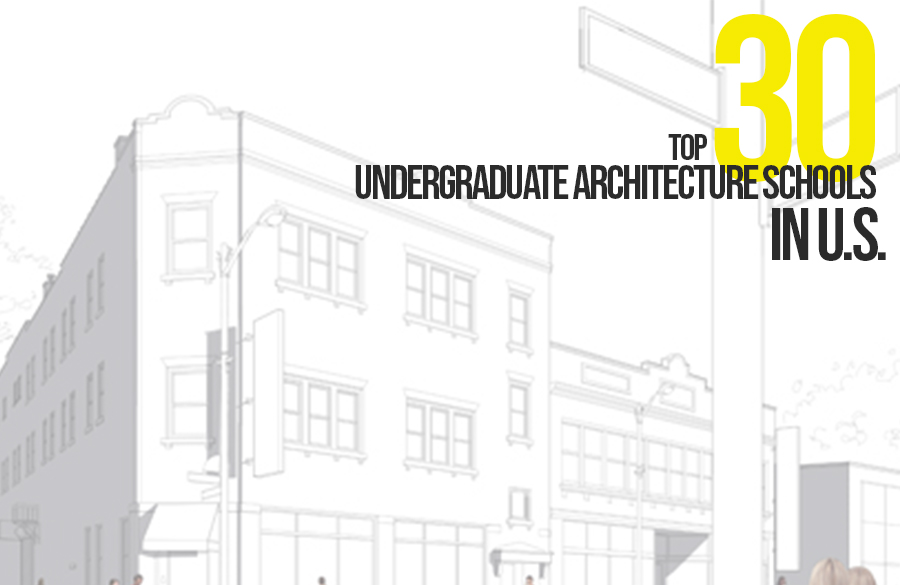




Responses